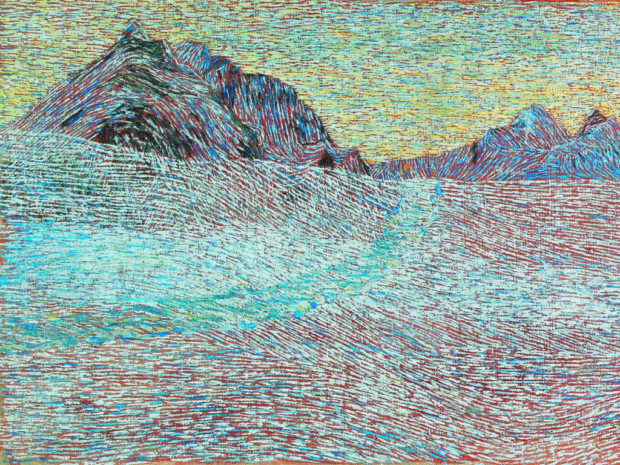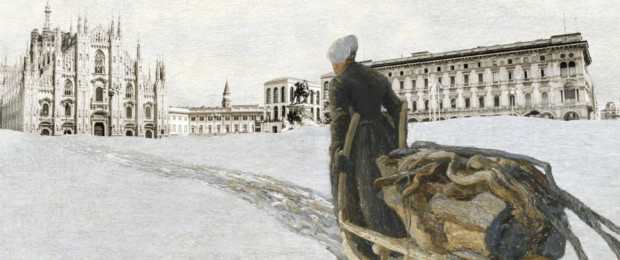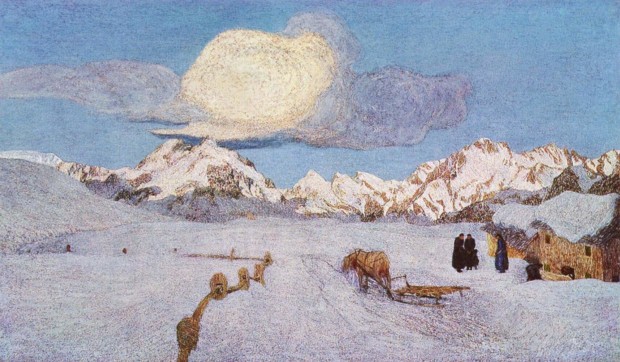5 Famous Artists Who Were Migrants and Other Stories
As long as there have been artists, there have been migrant artists. Like anyone else, they’ve left their homeland and traveled abroad for many...
Catriona Miller 18 December 2024
Giovanni Segantini was an Italian painter with a deep love for mountains and snow. His stunning landscapes capture the serene beauty and majesty of the Alps, where he spent much of his life. Join us as we explore the life and art of this remarkable artist who found his muse in the high peaks and snowy vistas.

Giovanni Segantini (1858-1899) was an Italian painter representative of a tendency called Italian Divisionism, which drew from the academic traditions of Italy’s rich visual heritage, yet it also took cues from the modernist practices of the French Neo-Impressionists or Pointillists. Contrary to Pointillists who used small dots of paint, Italians divided brushstrokes into so-called “filaments” in order to increase the chromatic luminosity of the painting.

Segantini had quite a tragic childhood. His mother died when he was seven and his father left the boy under the protection of his daughter from a previous marriage, Irene, and went away in a search of a job. Unfortunately, he died a year later, leaving Irene and Giovanni in extreme poverty. Segantini later ran away from home and was found by a priest. He didn’t know how to read or write, but the priest noticed that he could draw very well and he supported the boy in his first sketches.

When he was 21, he met Luigia Pierina Bugatti, a sister of his friend, known by the name “Buci.” Unfortunately, he couldn’t marry her, because he didn’t have citizenship of any state (he was born to an Italian family in Trentino, which at the time belonged to the territories of the Austro-Hungarian Empire, yet he didn’t have either Austrian or Italian documents). They decided to stay together despite the condemnation from the local community.

After being pursued by creditors, he moved with his family to Engadin Valley in Switzerland. This allowed him to paint en plain air, which he loved. The alpine passes and clear mountain light became his chief subjects. He built himself a mobile studio high in the mountains which would allow him to keep his canvases (often in enormous dimensions) overnight on the site. Segantini worked in the high-altitude mountains and the continuous cold and intense pace of his work badly affected his health. He became ill with acute peritonitis. One day, he was stricken with an attack while painting, and two weeks later, he died.
DailyArt Magazine needs your support. Every contribution, however big or small, is very valuable for our future. Thanks to it, we will be able to sustain and grow the Magazine. Thank you for your help!